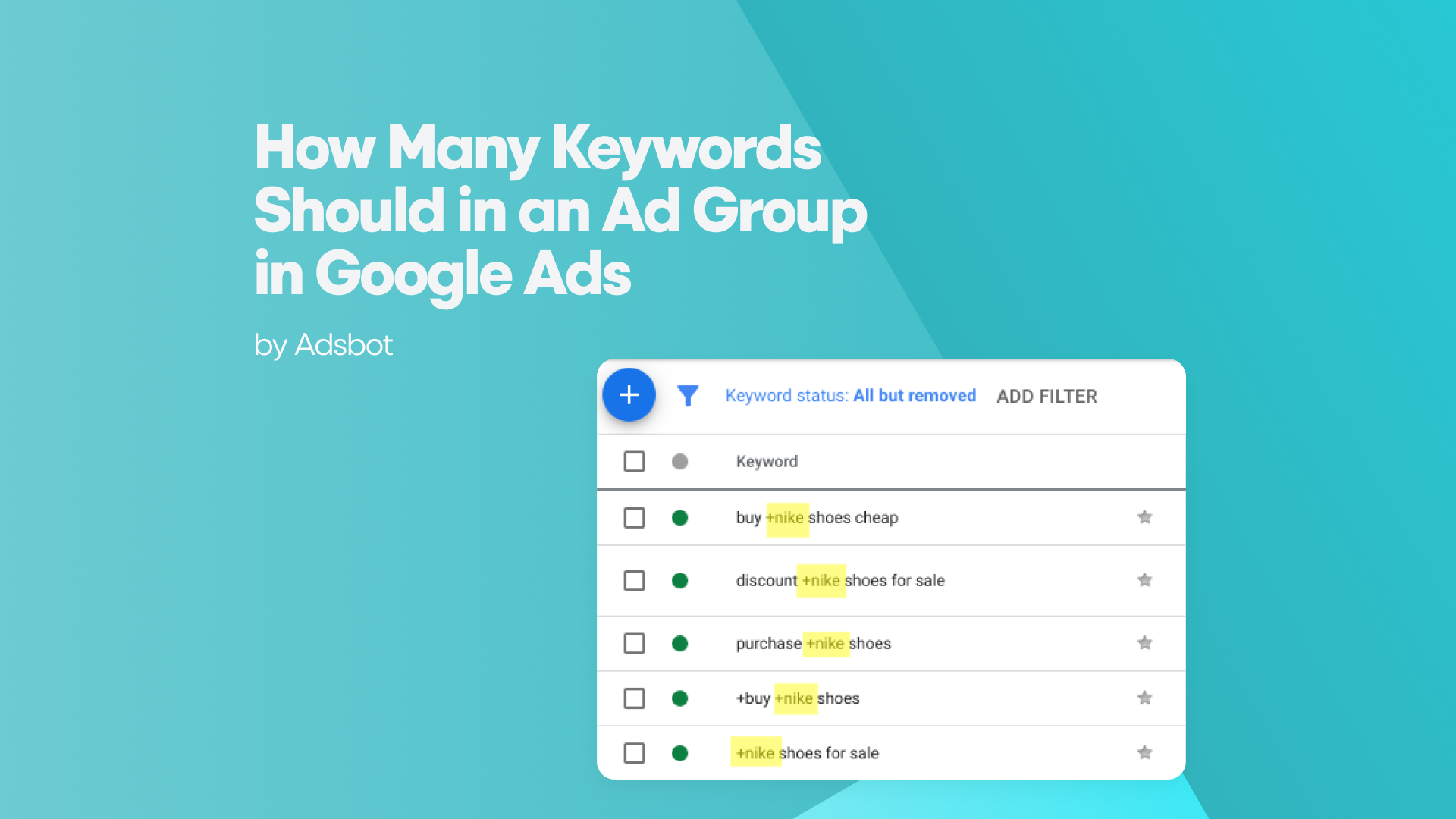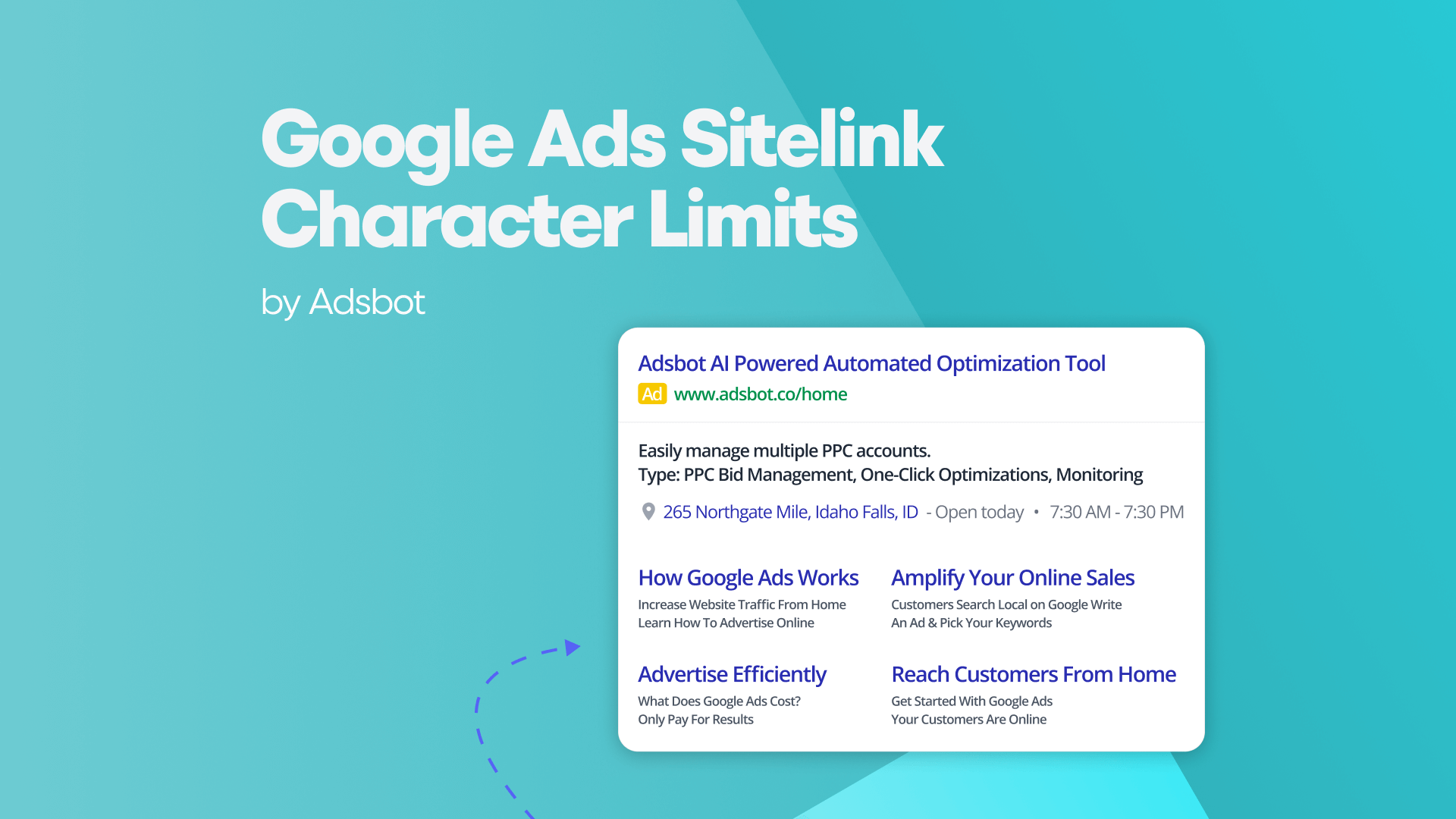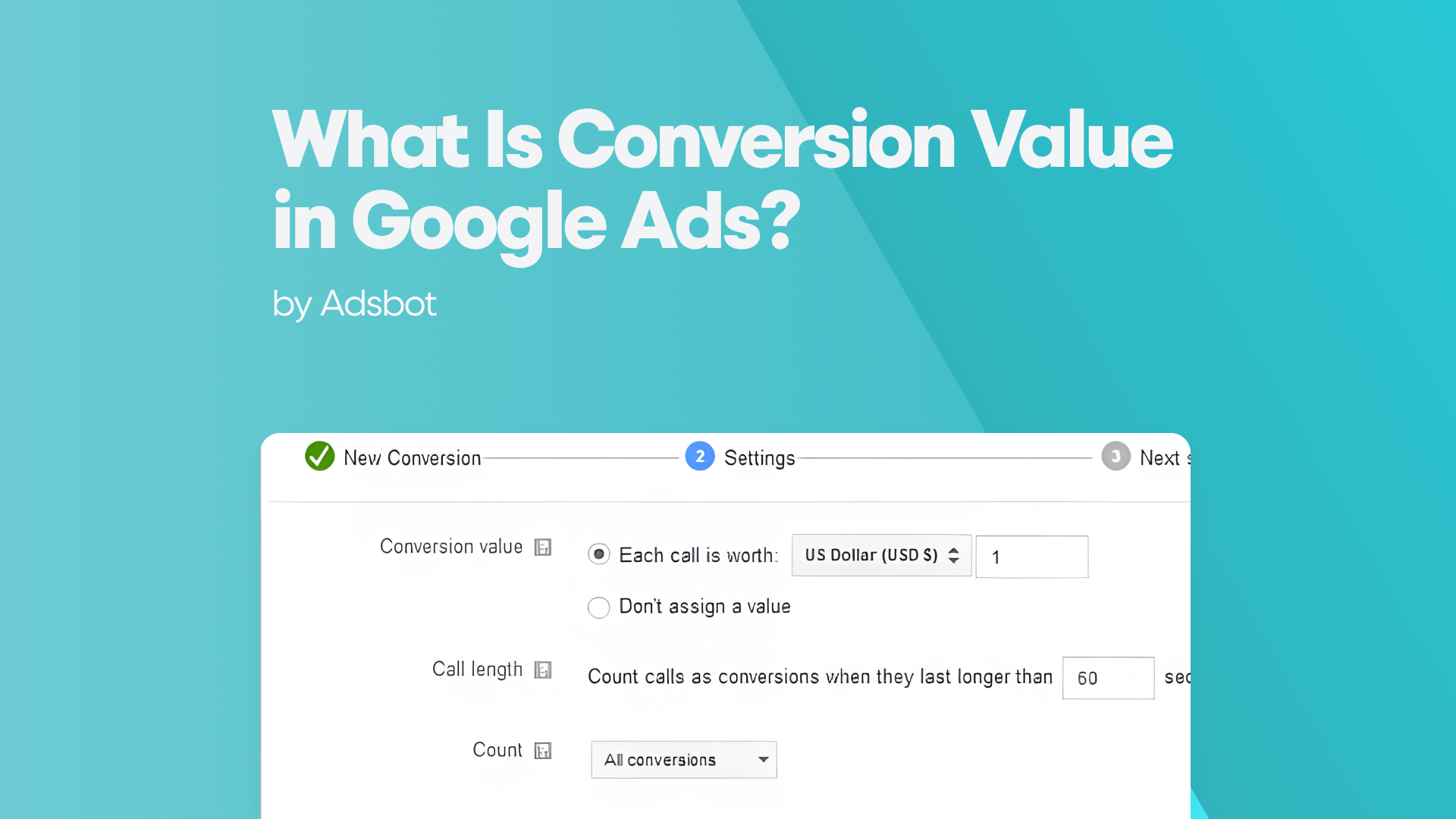Meta (formerly Facebook) has revolutionized digital advertising by providing businesses with an array of tools to target the right audience. One of the key features of Meta’s advertising platform is the “Interests” section, which enables advertisers to reach specific groups of users based on their interests. This interest-based targeting allows brands to improve their ad relevance and ultimately drive better results. In this article, we will explore what Meta’s Interests in advertising are, how they work, and how advertisers can leverage them to maximize their campaigns.
Understanding Meta’s Interest-Based Targeting
Meta’s advertising platform, which includes Facebook, Instagram, Messenger, and its Audience Network, allows businesses to target users based on their behavior, demographics, location, and most notably, their interests. The “Interests” section refers to categories that Meta uses to group users based on the types of content they engage with, their activities, and even their online behavior.
For example, a user who frequently engages with posts about fitness, healthy eating, or running might be categorized under “Fitness” or “Healthy Lifestyle” interests. Similarly, users who follow pages related to technology, gadgets, or gaming might fall under the “Tech Enthusiasts” or “Gamers” category. By targeting specific interests, advertisers can ensure that their ads reach the people most likely to engage with their content.
How Meta’s Interests Work in Advertising
Meta collects data on user behavior through its platforms and analyzes this data to understand user preferences. This data is gathered in various ways, including:
- Page likes: What pages users have liked on Facebook, Instagram, or other Meta platforms.
- Engagement: The posts, comments, and shares that users engage with.
- Online activity: Websites and apps users visit while logged into their Meta account.
- App usage: Data from mobile apps that use Meta’s tools, like Facebook SDK or Instagram ads.
Meta then uses this data to create interest categories that are relevant to advertisers. These categories can range from broad topics like “Sports” or “Fashion” to more specific interests like “Vegetarian Cooking” or “Yoga.”
Why Interests Matter in Meta Ads
Interest-based targeting in Meta Ads is a game-changer for advertisers, as it allows them to precisely reach audiences who are already interested in their products or services. Here’s why interests are important in Meta advertising:
- Increased Ad Relevance: By targeting users based on their interests, advertisers can show ads that are more relevant to users, which can improve the user experience and increase engagement.
- Better ROI: When ads are shown to the right audience—those who are already interested in a product or service—the likelihood of conversion increases, leading to better return on investment (ROI).
- Custom Audience Building: Meta allows advertisers to create custom audiences based on specific interests, making it easier to reach niche groups that are highly likely to convert.
- More Granular Targeting: Advertisers can use interests to target highly specific groups of people based on detailed categories, from hobbies and sports to lifestyle and professional interests. This level of granularity helps businesses find the right customers quickly.
Popular Interest Categories in Meta Ads
Meta’s Interest-based targeting covers a wide array of categories. Here are some popular interest categories available to advertisers:
- Health and Fitness: This includes interests such as “Yoga,” “Running,” “Healthy Eating,” and “Weight Loss.”
- Technology: Categories like “Tech Enthusiasts,” “Gadgets,” “Artificial Intelligence,” and “Mobile Devices.”
- Fashion and Beauty: “Men’s Fashion,” “Women’s Fashion,” “Makeup,” “Skincare,” and “Fashion Accessories.”
- Sports and Recreation: “Football,” “Yoga,” “Basketball,” “Cycling,” and “Running.”
- Home and Garden: Interests like “Interior Design,” “Home Improvement,” “Gardening,” and “Landscaping.”
- Travel: This includes interests like “Adventure Travel,” “Luxury Travel,” “Airlines,” and “Road Trips.”
- Food and Drink: “Vegetarian Cooking,” “Baking,” “Wine Lovers,” and “Healthy Eating.”
- Finance and Business: “Entrepreneurship,” “Investment,” “Personal Finance,” and “Business News.”
These categories are constantly evolving as Meta gathers more data and refines its targeting tools. Advertisers can target people based on multiple interests, which allows for highly customized audience targeting.
How to Use Meta Interests in Your Ad Campaigns
If you’re an advertiser, here’s how you can leverage Meta’s Interest-based targeting for your campaigns:
1. Identify Your Audience’s Interests
The first step in using interest-based targeting is to understand your target audience. Conduct market research and analyze the interests that are most relevant to your business. If you’re selling fitness equipment, targeting users interested in “Fitness” or “Healthy Lifestyle” makes sense. If you’re offering travel services, target people interested in “Adventure Travel” or “Luxury Travel.”
2. Use Detailed Targeting
When setting up your Meta ads, you can use the “Detailed Targeting” section to select interests. You can either search for broad categories or get more specific by typing in niche topics. The more detailed you are, the better your targeting will be.
3. Combine Interests with Other Targeting Options
Meta allows you to combine interests with other targeting criteria like demographics, behaviors, location, and more. For example, you can target women aged 25-40 who are interested in “Healthy Eating” and live in a specific city. This ensures that your ads are highly relevant to the specific people who are most likely to engage with them.
4. Test and Optimize
As with any ad campaign, it’s important to test different interest groups and ad creatives. Meta provides powerful analytics tools that allow you to measure the performance of your campaigns. You can adjust your targeting based on what works best, ensuring that your ad spend is being used effectively.
Limitations of Interest-Based Targeting
While interest-based targeting is a powerful tool, it’s not without its limitations:
- Privacy Concerns: Meta has faced criticism over data privacy practices, and interest-based targeting relies on data collection from users. Advertisers need to be mindful of privacy regulations such as GDPR and ensure they’re transparent with their data usage.
- Overlapping Interests: Sometimes, interests may overlap, and users can belong to multiple categories. This can make it more difficult to fine-tune your targeting and may result in some ads reaching users who aren’t ideal.
- Changing Interests: People’s interests evolve over time, which means that interest-based targeting may not always reflect the most current preferences of a user. Regularly updating and reviewing your ad strategy is essential.
Meta’s Interest-based targeting is a powerful tool for advertisers looking to connect with the right audience at the right time. By leveraging users’ interests, businesses can ensure their ads are more relevant, leading to higher engagement and better ROI. However, it’s important for advertisers to continuously test and optimize their campaigns to maximize effectiveness. As Meta continues to innovate and enhance its advertising platform, interest-based targeting will remain a cornerstone of digital marketing strategies.
Popular Posts
-
How Many Keywords Should in an Ad Group in Google Ads?
Are you new to Google Ads and trying to figure…
Read more -
Google Ads Script for Dummies: An Introduction
Imagine you have an e-commerce website that sells licensed superhero…
Read more -
Google Ads Sitelink Character Limits
Are you looking to maximize your Google Ads campaigns?…
Read more -
What Is Conversion Value in Google Ads?
Are you wondering what the conversion value is in Google…
Read more
Register for our Free 14-day Trial now!
No credit card required, cancel anytime.




